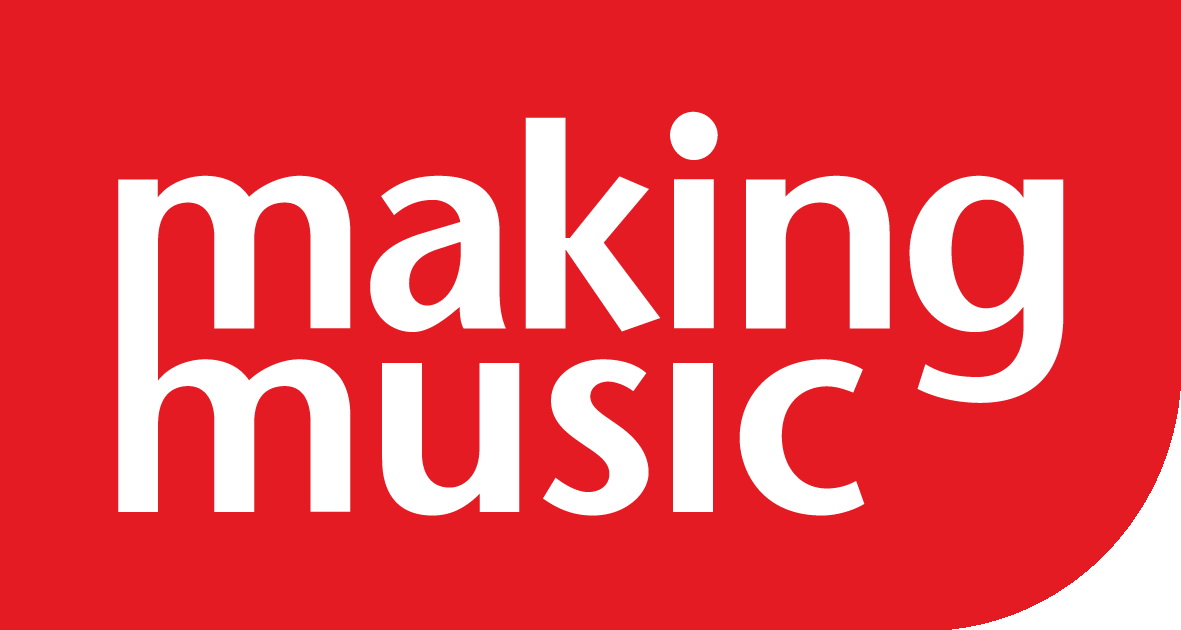An introduction to: Jazz
Continuing our 'An introduction to' series, we're now looking at the multifaceted brilliance of jazz music. Often referred to as America’s classical music, this is a broad genre which encapsulates some of the country’s diverse cultural heritage.
A short history
At the turn of the twentieth century, the port city of New Orleans provided the unique environment for different musical styles to cross-pollinate. The Blues — hailing from the slave workers of America’s Deep South — blended with gospel, opera, ragtime, Latin and marching bands to create what many consider the earliest style of jazz: Dixieland. The first jazz record ever issued was 'Livery Stable Blues', released by the Original Dixieland Jass Band in 1917 - listen to the recording on YouTube below.
With no real precedent to follow, a complex web of jazz sub-genres emerged throughout the 20th century. The 1930s saw the era of ‘swing’ — the heyday of Big Bands with celebrity band leaders such as Duke Ellington and Benny Goodman.
'It Don't Mean a Thing (If It Ain't Got That Swing)' was composed by Duke Ellington in 1931 and it might be the first instance of a song using 'swing' in this context - listen to this recording on YouTube.
In the 1940s, musicians such as Charlie Parker and Dizzie Gillespie pioneered ‘Bebop’, characterised by its fast tempo, rapid changing harmony and dexterous melodies.
You can watch a live performance on YouTube of them performing the bebop essential 'Hot House' in 1952.
After World War Two, a more relaxed tempo and lighter tone emerged in the form of ‘Cool Jazz’. In the 1970s, ’Fusion Jazz’ incorporated elements of Rhythm and Blues, Rock and Funk, followed in the early 1990s by ‘Smooth jazz’, a sub-genre which, for some, strayed too far from the original spirit of jazz’s New Orleans roots.
Jazz musicians today try to steer clear of labels, but a few musical features continue to transcend the wide-ranging genre: harmonic freedom, syncopation, swing rhythms and improvisation.
Any combination of instruments or voices can perform jazz, but the two most common type of groups are the Big Band (usually saxophones, trumpets, trombones and a rhythm section) and smaller ‘combos’ (usually a quartet or quintet comprising of a solo instrument or voice with rhythm section).
Essential listening
We've compiled a list of our favourite jazz records so you can get a taste of this amazing genre:
- Natalie Cole & Nat King Cole - 'Unforgettable'
- Nat King Cole - 'Nature Boy'
- John Coltrane - 'My Favorite Things'
- Ella Fitzgerald & Louis Armstrong - 'Summertime' & 'Dream A Little Dream Of Me'
- Billie Holiday - 'Gloomy Sunday'
- Dizzy Gillespie - 'On The Sunny Side of the Street'
- Duke Ellington - 'Take The A Train'
- Coleman Hawkins - 'Body and Soul'
- Sarah Vaughan - 'I Got Rhythm'
- Miles Davis - 'So What'
- Peggy Lee - 'Fever'
- Ray Charles – 'Georgia On My Mind'
- Nina Simone - 'My Baby Just Cares For Me'
- Herbie Hancock – 'Cantaloupe Island'
- Benny Goodman – 'Sing, Sing, Sing (With a Swing)'
How do I get involved?
If you’re looking to try jazz yourself, there’s no need to worry about improvising; most leisure-time groups will have notated music to introduce you to the genre. To find an Jazz music group in your area, try our Find a group tool and filter by 'Main Repertoire - Jazz/big band/swing'.
We hope you find this Making Music resource useful. If you have any comments or suggestions about the guidance please contact us. Whilst every effort is made to ensure that the content of this guidance is accurate and up to date, Making Music do not warrant, nor accept any liability or responsibility for the completeness or accuracy of the content, or for any loss which may arise from reliance on the information contained in it.



